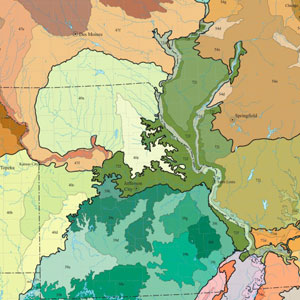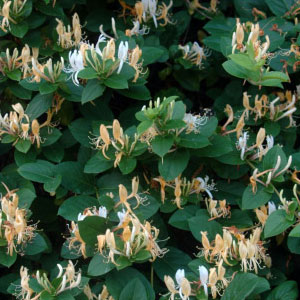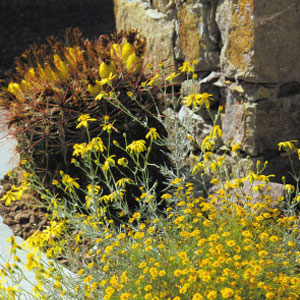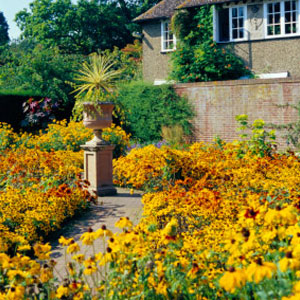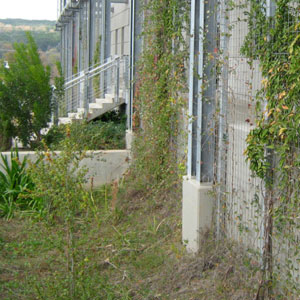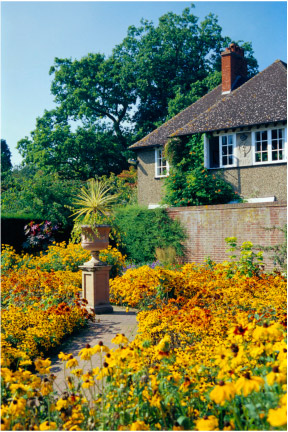
Black-eyed Susans make this residential garden both beautiful and sustainable. Image credit: Microsoft Images
Select the Right Plants
When selecting vegetation for a sustainable garden, work with nature and choose plants adapted to the conditions of the site. These plants will minimize the need for fertilizers, pesticides and irrigation and reduce the chance of failure and replacement costs. Consider a plant’s water and soil requirements as well as its hardiness zone and need for sun or shade.
Know your hardiness zone.
Most plants available for sale at nurseries or through online suppliers have been assigned a hardiness zone based on a hardiness zone map. This is one of the most basic tools gardeners have used for decades to determine if a particular plant can survive winter in their area. Probably the best-known hardiness zone map was produced by the U.S. Department of Agriculture (USDA). The most recent USDA map, published in 2012, divides the country into color-coded bands or zones that represent a 10 degree Fahrenheit difference in average annual minimum temperature — the higher the number, the warmer the temperatures for gardening in that zone.
In 2015, using the same basic zone structure as the USDA, the National Arbor Day Foundation produced an updated map based on more recent weather data.
Use native plants adapted to your ecoregion.
Find plants native to your ecoregion in the following online databases:
Wildflower Center Native Plant Database
NWF Native Plant Finder

